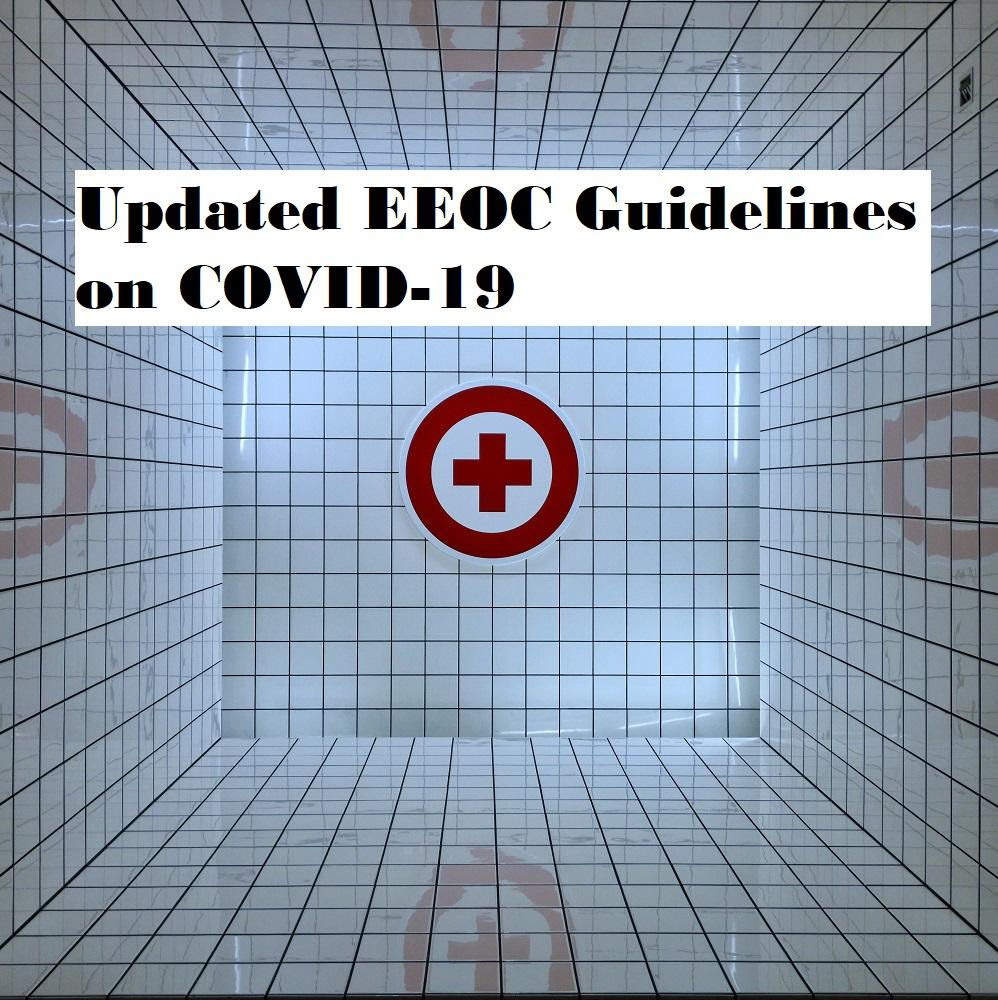Earlier this week, the Equal Employment Opportunity Commission (EEOC) updated its COVID-19 guidelines to include a discussion of when COVID-19 is a disability under the Americans with Disabilities Act (ADA) in the context of employment.
The guidelines note that under the ADA, a person can be an individual with a “disability” for purposes of the ADA in one of three ways:
• “Actual” Disability: The person has a physical or mental impairment that substantially limits a major life activity (such as walking, talking, seeing, hearing, or learning, or operation of a major bodily function);
• “Record of” a Disability: The person has a history or “record of” an actual disability (such as cancer that is in remission); or
• “Regarded as” an Individual with a Disability: The person is subject to an adverse action because of their impairment or an impairment the employer believes the individual has, whether or not the impairment limits or is perceived to limit a major life activity, unless the impairment is objectively both transitory (lasting or expected to last six months or less) and minor.
According to the EEOC, a person with COVID-19 has an actual disability if the person’s medical condition or any of its symptoms is a “physical or mental” impairment that “substantially limits one or more major life activities.”
An individualized assessment is necessary to determine whether the effects of a person’s COVID-19 substantially limit a major life activity.
Someone who has COVID-19 but is asymptomatic or has mild symptoms that go away after a few weeks does not have an actual disability within the meaning of the ADA.
However, someone with more serious symptoms or who has limitations that last, for example, several months, may be found to have an actual disability.
That is, while a cold or flu-like experience would not be an actual disability under the ADA, Post-Acute Sequelae of SARS-CoV-2 infection (PASC), also known as “long COVID,” “or “long-haul COVID,” will be, in many circumstances.
Even if the symptoms come and go, PASC is an actual disability if it substantially limits a major life activity when the symptoms are active.
Examples of PASC symptoms that may substantially limit one or more life activities are multiple-day headaches, dizziness, brain fog, difficulty remembering or concentrating, shortness of breath, fatigue, intestinal pain, vomiting, and nausea.
The EEOC also notes that a person’s COVID-19 infection might end up causing or worsening other impairments. For example, a person might develop heart inflammation as a result of their illness, or a person’s pre-existing condition that was not previously substantially limiting might worsen due to COVID-19.
On the other hand, an individual who is diagnosed with COVID-19 who experiences congestion, sore throat, fever, headaches, and/or gastrointestinal discomfort that resolves within several weeks, but experiences no further symptoms or effects, is not substantially limited in a major bodily function or other major life activity and, therefore, does not have an actual disability under the ADA.
A person who has or had COVID-19 can be an individual with a “record of” a disability if they have “a history of, or has been misclassified as having,” an impairment that substantially limits one or more major life activities.
A person is “regarded as” an individual with a disability if the person is subjected to an adverse action (e.g., being fired, not hired, or harassed) because the person has an impairment, such as COVID-19, or the employer mistakenly believes the person has such an impairment, unless the actual or perceived impairment is objectively both transitory (lasting or expected to last six months or less) and minor.
Whether the actual or perceived impairment substantially limits or is perceived to substantially limit a major life activity is irrelevant in this scenario.
Examples of situations in which an employer might “regard” an applicant or employee with COVID-19 as an individual with a disability include when an employer fires a person because:
• the employee had symptoms of COVID-19, which, although minor, lasted or were expected to last more than six months; or
• the employee had COVID-19, and the COVID-19, although lasting or expected to last less than six months, caused non-minor symptoms.
Even if an employer takes an adverse action based on an impairment, the employer has not necessarily unlawfully discriminated against that person. For instance, the person must be qualified for the job held or being applied for.
Someone who meets either the “actual” or “record of” definition of disability may be eligible for reasonable accommodations required by their disability, though the employer is not obligated to provide any accommodation that would pose an undue hardship.
Additional information is available on the EEOC’s website.
Whether you are an employer or an employee, please feel free to contact us with any questions you may have about the ADA or any other employment-related legal issues.
Photo by Enric Moreu on Unsplash






